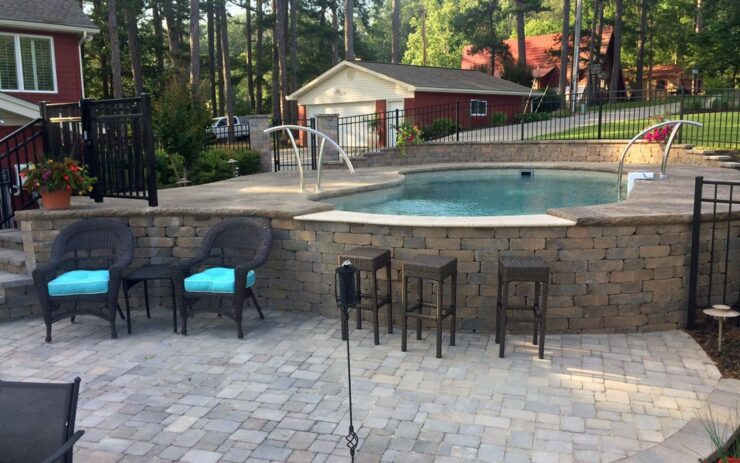Having your own pool at home is undeniably a dream come true. It’s an oasis of relaxation, a playground for kids, and the perfect venue for summer parties. However, the process of pool installation can be costly and complex. Therefore, it is crucial to plan meticulously and maximize your budget to achieve a cost-effective pool installation. This article aims to provide valuable insights on managing your budget effectively, exploring various pool types, and making informed decisions on their features, design, materials, and installation methods. With careful planning and informed decision-making, your dream of having a perfect home pool can turn into an affordable reality.
Assessing Your Needs
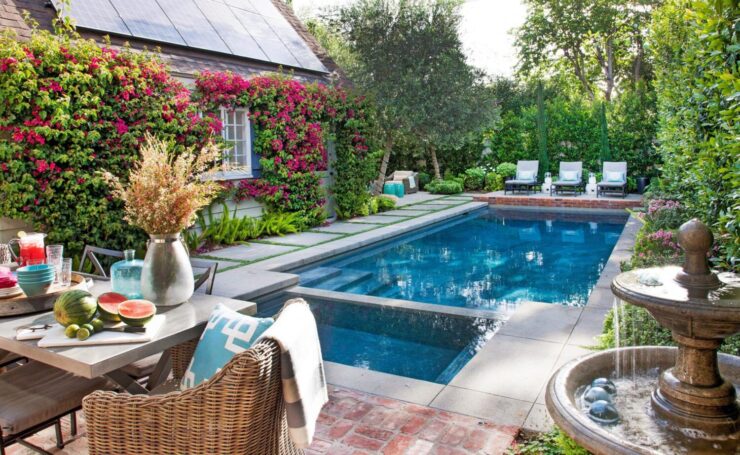
To begin with, assess your needs and preferences for the pool. Consider its size, shape, and desired features, and evaluate how they align with your budget. For instance, a large, intricately shaped one with high-end features might be your dream, but it could strain your budget. Instead, a smaller, simpler design might be more affordable and still meet your needs. Prioritize what’s most important to you: Is it the size, specific features like a slide or a waterfall, or perhaps a particular shape? Also, think about who will be using the pool. If it’s primarily for kids, safety measures and shallow areas are essential. If it’s for fitness, a rectangular design for laps might be ideal. Aligning your preferences with your budget from the get-go will help prevent unnecessary costs down the line.
Researching Pool Types
Pools come in various types, each with its cost implications. Above-ground pools are the most affordable, but they might not offer the same aesthetics or longevity as in-ground pools. Fiberglass pools are a bit pricier but are durable and require less maintenance. Vinyl liner ones are budget-friendly and customizable but demand frequent liner replacement. Concrete types offer the highest degree of customization but come with higher initial and maintenance costs. Consider your budget, preferences, and long-term costs before deciding on the pool type.
Setting a Realistic Budget

Establishing a realistic budget is critical. It should consider not just the initial installation costs, but also long-term maintenance, repairs, and operational expenses. In addition, it’s advisable to set aside a contingency fund for any unexpected costs. Your budget should also factor in insurance increases, water bills, and pool cleaning and chemical costs. Breaking down the costs will provide a comprehensive understanding of the total investment, preventing potential financial strains.
DIY vs. Professional Installation
Weighing the pros and cons of DIY pool installation versus hiring professionals is a critical consideration. DIY can save initial costs, but it requires considerable skill, time, and can lead to costly mistakes. On the other hand, professional installation which you receive with littlepoolco.com products, ensures quality work but comes at a higher price. Evaluate your skill level, available time, and potential cost savings before deciding. A good compromise might be to handle some aspects yourself, such as landscaping or decking, and leave the construction to professionals.
Pool Design and Layout
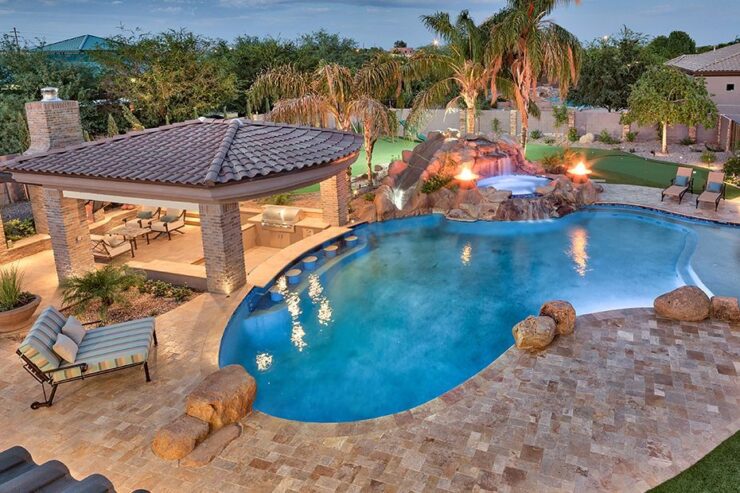
Optimizing your pool design and layout is a smart way to make the most of your budget. Choose a design that complements your home’s aesthetics without requiring substantial structural alterations. Similarly, opt for a shape that suits your plot without requiring extensive ground works. Consider elements like the pool’s orientation, which can impact sun exposure, or the proximity to trees, which can affect maintenance needs. Efficient use of space and thoughtful design can create a delightful one while keeping costs in check.
Prioritizing Essential Features
While additional features like waterfalls, jets, and luxury lighting can enhance a pool’s appeal, they also inflate the cost. Prioritize essential features like a robust filtration system, appropriate lighting, and safety measures. These will enhance the pool’s functionality, safety, and longevity, ensuring your investment is well spent. If budget allows, you can always add more features later.
Exploring Cost-Saving Measures
Exploring cost-saving measures can help minimize long-term operational expenses. This could include installing energy-efficient pool pumps, heaters, and LED lights. A solar cover can reduce heat loss, lower water evaporation, and save on chemical usage. Water-saving measures, like installing a rainwater tank for top-ups, can also cut costs. These measures may require a higher initial investment but will save money in the long run.
Material Selection
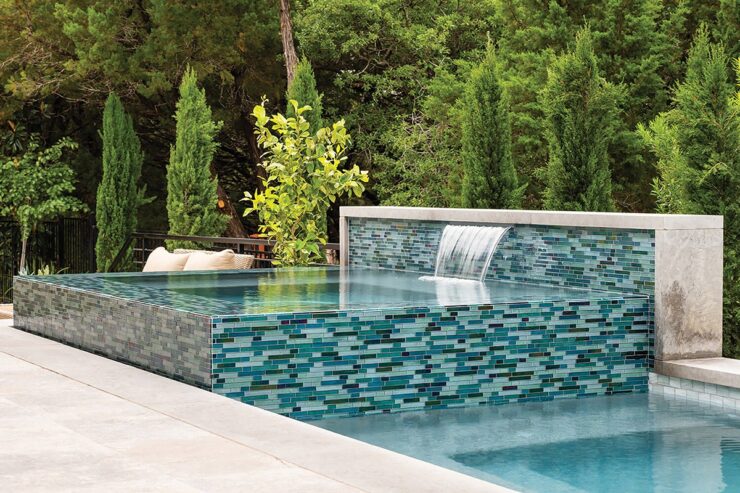
The choice of materials for your pool decking, coping, and interior surfaces can significantly impact costs. Opt for affordable yet durable and aesthetically pleasing materials. For instance, concrete or pavers may be a cost-effective choice for decking, while plaster or quartz could be suitable for interior surfaces. Carefully consider the durability, maintenance needs, and aesthetics of each material in relation to their cost.
Researching Local Regulations
Familiarize yourself with local building codes and regulations before starting the installation. Non-compliance can lead to penalties, cost overruns, and delays. Find out if you need planning permission, understand the required safety measures, and learn about any restrictions on pool size or location. This step will help avoid unexpected costs and ensure a smooth installation process.
Seeking Multiple Quotes
Request quotes from multiple pool contractors. This will allow you to compare prices, services, and warranties, ensuring you get the best value for your budget. Remember, the cheapest quote may not be the best. Consider the contractor’s reputation, experience, and the quality of their previous work. A slightly higher investment could provide a better-quality product that lasts longer and requires less maintenance.
Maintenance and Upkeep
Budgeting for ongoing pool maintenance is essential to preserve its longevity and aesthetic appeal. Regular cleaning, chemical treatments, and equipment upkeep prevent damage and costly repairs. Outsourcing maintenance can be convenient but adds to costs. So, consider whether you have the time and inclination to maintain the pool yourself, or whether you’d prefer to hire a professional.
Conclusion
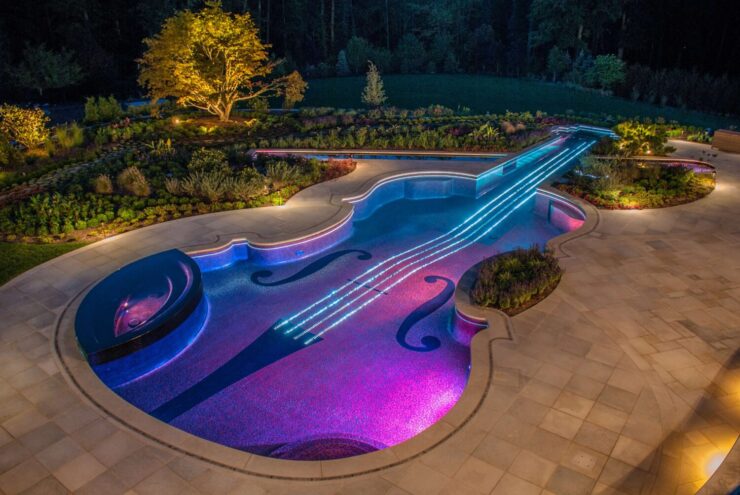
Bringing your affordable pool dream to reality without compromising on quality or enjoyment is an attainable goal. With careful planning, diligent research, strategic decision-making, and a keen understanding of your needs and budget, you can achieve a home pool installation that brings you endless joy. Follow these guidelines, and you’ll have a roadmap to create a personal paradise in your backyard, maximizing every penny of your investment, and making the dream of having a home pool not just a luxury, but an affordable reality.

